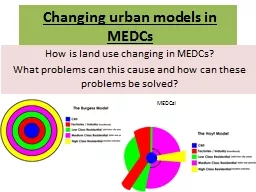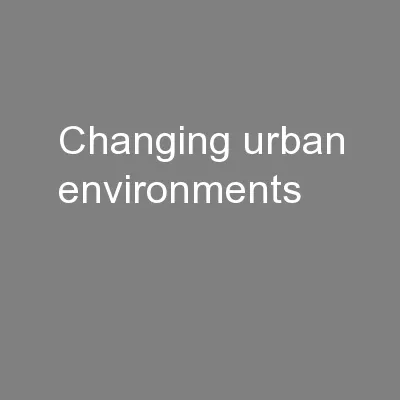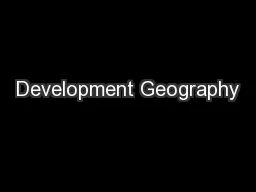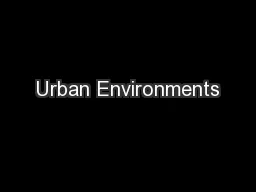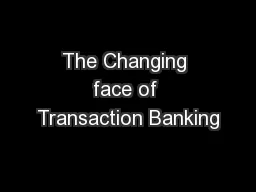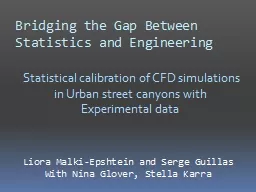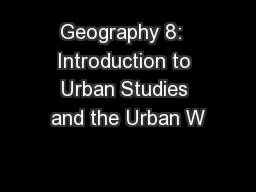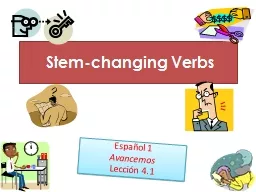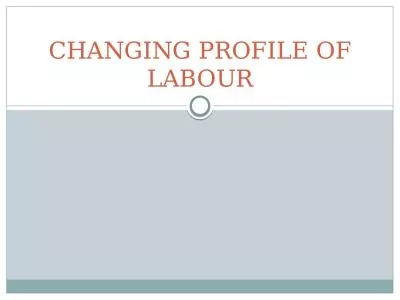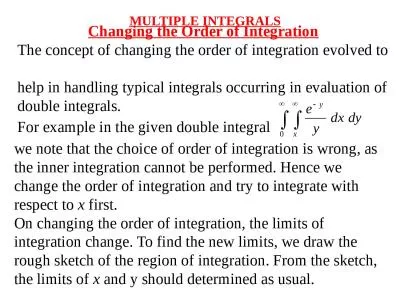PPT-Changing urban models in MEDCs
Author : sherrill-nordquist | Published Date : 2016-07-22
How is land use changing in MEDCs What problems can this cause and how can these problems be solved MEDCs The RuralUrban Fringe Ruralurban fringe The boundary between
Presentation Embed Code
Download Presentation
Download Presentation The PPT/PDF document "Changing urban models in MEDCs" is the property of its rightful owner. Permission is granted to download and print the materials on this website for personal, non-commercial use only, and to display it on your personal computer provided you do not modify the materials and that you retain all copyright notices contained in the materials. By downloading content from our website, you accept the terms of this agreement.
Changing urban models in MEDCs: Transcript
How is land use changing in MEDCs What problems can this cause and how can these problems be solved MEDCs The RuralUrban Fringe Ruralurban fringe The boundary between the urban area towns and cities and the rural area countryside. We all know that changing a baby in a vehicle is a most frustrating experience. The seats in a vehicle were made for our comfort( not changing babies)! All that can change when you use the special designed patent pending design that fits in between the space that is between the back of a seat and the actual seat itself to prevent baby from rolling or sliding towards the inside of the seat making it even more difficult to change our little ones. Many people consider that Global Warming is the greatest environmental threat of the 21. st. Century. . However, during the 80s and early 90s scientists argued about the causes and effects of global warming. . Urban key words. Urbanisation. Sustainable city. Squatter settlement. Land use. Industrialisation. Greenfield. Brownfield. The growth of people living in towns and cities. Caused by rural- urban migration in LEDCs. Terminology associated with development. The measure of how a country is economically, socially, culturally or technologically advanced.. Development. Aspects of development. Efficient justice system. IB Grade 12 optional theme. Main case-studies. Shanghai. London. Dhaka. Define Urbanisation. Urbanisation. or . urbanization. is the growth of urban areas population as a result of rural migration and even suburban concentration into cities, particularly the very largest ones.. Lesson on. : . Urban changes - MEDCs . Key . terms. Demography – The study of human populations and how it changes. . Key . questions. :. How are urban areas in MEDCs changing?. To what extent is urban change in MEDCs positive?. The rise of Technology & Digitisation. Regulation and its effect on Corporate clients. The changing face of International Trade. So what’s changing?. The role of the Treasurer in many major Corporates has changed since 2007. Statistical calibration of CFD simulations in Urban street canyons . with . Experimental data. Liora . Malki-Epshtein. . and Serge . Guillas. With Nina Glover, Stella . Karra. Outline. Background: . Week 1: What is Urban?. Keywords. City. Urban. Urbanized areas. Suburbs. Metropolis, metropolitan area. MSA. CSA. Urbanized place. Urbanized country. Conurbation. Megalopolis. What is urban? Sometimes it’s very clear. A Book Study . for Transition. Changing the Conversation. Chapter . Four. Who shall lead them?. Transition into the Future - © David Starr, 2015. 2. Changing the Conversation. Chapter . Four. Who shall lead them?. Avancemos. Lección 4.1. Stem-Changing Verbs. What is a stem changing verb?. Remember that a verb has two parts:. 1) the stem 2) the “. ar. ”/”. er. ”/”. ir. ” ending.. Example. :. Comer – to eat (cross out the ending “. The Preindustrial City: Past. . and Present. (1960). Sjoberg said that all cities were a product of their societies and went through stages:. Folk-preliterate. Feudal. Preindustrial. Urban-industrial. The Indian industrial worker has changed over a period of time. . He . has marched from a situation where he had no right (slavery) to a situation where he is able to encroach on the rights of employer, though not fully, at least partly. . The concept of changing the order of integration evolved to . . help in handling typical integrals occurring in evaluation of . double integrals.. For example in the given double integral. . we note that the choice of order of integration is wrong, as the inner integration cannot be performed. Hence we change the order of integration and try to integrate with respect to .
Download Document
Here is the link to download the presentation.
"Changing urban models in MEDCs"The content belongs to its owner. You may download and print it for personal use, without modification, and keep all copyright notices. By downloading, you agree to these terms.
Related Documents

